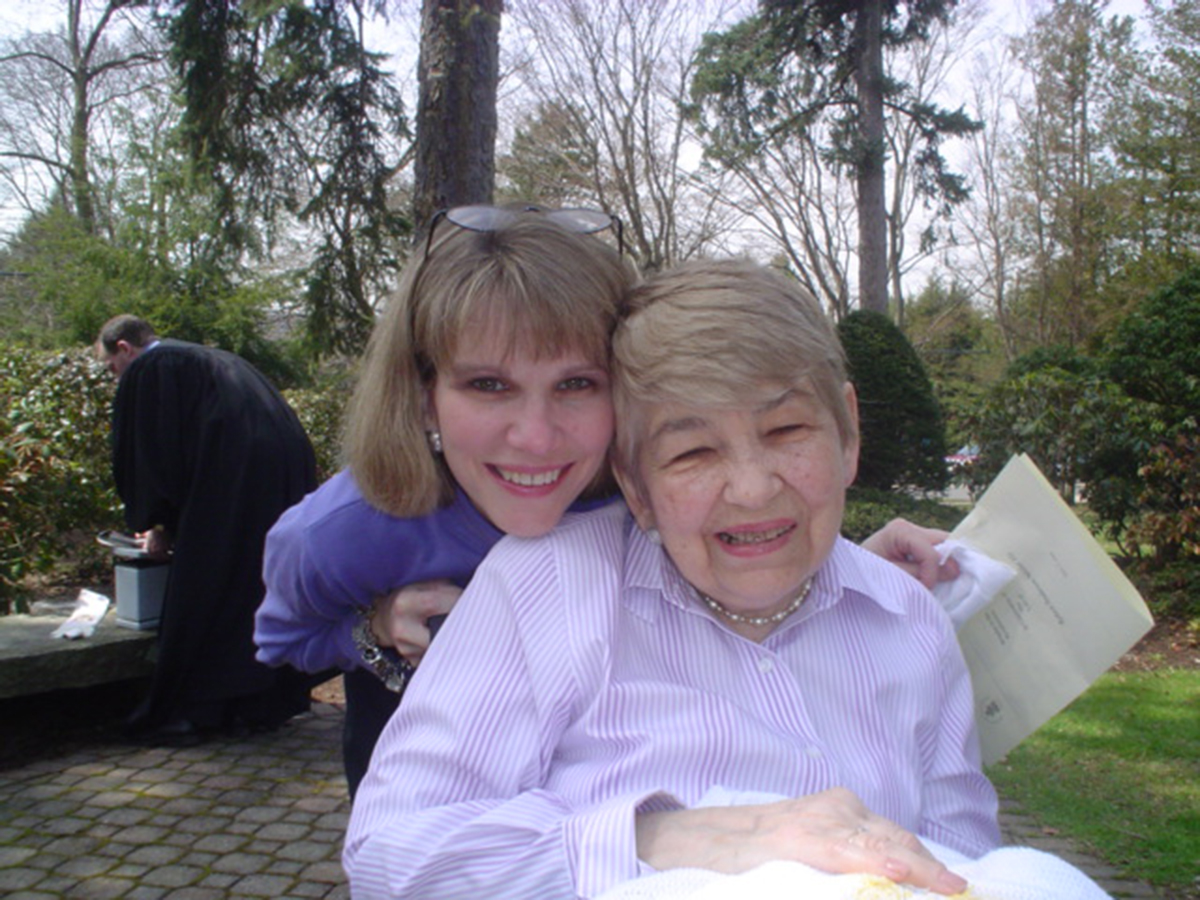The brain is a dynamic organ that controls how the rest of your body functions. Every area of the brain depends on a constant supply of oxygen from the blood. When an area of your brain loses blood supply, it ceases to function and loses control of the part of the body it supports. This happens when you have a stroke or cerebrovascular accident (CVA).

The consequences of this event may be mild or serious, depending on the area of the brain affected. However, the body tries to restore its blood supply to the brain, and when this happens, normal function of the brain and the affected part of the body may return. This is what happens when you have a mini-stroke or a transient ischemic attack (TIA). A mini-stroke, therefore, is a stroke that resolves within 24 hours and improves functionality in the affected part of the body. Most mini-stroke symptoms, however, resolve within minutes.
Your risk of having a serious stroke increases dramatically within days after your TIA. Your mini-stroke therefore gives you an opportunity to find ways to reduce your risk of suffering from permanent brain damage that may result from a catastrophic stroke. This brings us to emphasize why it is important for you to recognize the symptoms of a mini-stroke.
Mini-Stroke Symptoms In Women
The symptoms of stroke in women are often silent. Many are unaware that they are experiencing a mini-stroke that could lead to a full-blown stroke within days. It is even scarier to think that even if they seek treatment for their symptoms, the diagnosis may be missed by healthcare providers in the ER. Research shows that in about 14 percent of cases, patients who had symptoms of mini-stroke or stroke were misdiagnosed to be drunk or suffering from vertigo or an inner ear infection.
The common symptoms of a mini-stroke are very similar to a full-blown stroke, except that they may disappear within minutes or hours. These changes are often sudden and include:
- Numbness, tingling or weakness of one side of the body, especially the face, arm, and leg
- Dizziness
- Loss of vision in one eye or both eyes
- Loss of balance
- Trouble walking
- Confusion
- Trouble talking/understanding speech
- Bad headache, cause unknown
Unique Symptoms Of Mini-Stroke In Women
Many women who have a mini-stroke also experience unique symptoms such as:
- Sudden pain in the face, arm or leg
- Sudden feeling of being sick to the stomach (nausea)
- Sudden hiccups
- Sudden tiredness
- Sudden shortness of breath
- Sudden chest pain
- Sudden pounding/racing heartbeat
Your symptoms may depend on what area of the brain is affected. Sometimes the symptoms are less dramatic and easy to miss, especially if only a small area of the brain is affected. You do not have to experience all these symptoms to suspect that you are having a mini-stroke or stroke. Sometimes you may just feel dizzy, while another person might suddenly collapse.
See Also: Why Younger People Are Getting Strokes
Call 911 immediately if you experience these symptoms. If a stroke is about to occur, every minute is crucial.
Mini-Strokes In Women
Many people believe that strokes occur only in older adults. The reality is that strokes can occur at any age, although your likelihood of having a stroke increases as you age. In fact, studies show that after the age of 55, your risk of developing a stroke doubles every 10 years. About two-thirds of all strokes happen after the age of 65 and they tend to run in some families. Nonetheless, recent studies have found that the number of women who has had a stroke before the age of 45 has increased by 20 to 30% in the past few decades.

Studies indicate that African-American women are more likely to suffer a stroke compared to whites. They are also more likely to suffer from disability and death due to stroke. The reason for this is partly because of their greater tendency to have high blood pressure, which is a major risk factor for stroke. Other factors that increase women’s risk for stroke include smoking, diabetes, heart disease, irregular heart beat (atrial fibrillation), a family history of stroke, and hormonal changes associated with pregnancy, childbirth or menopause.
Diagnosis And Treatment Of Mini-Stroke
A woman who is experiencing symptoms of a mini-stroke may have mild manifestations that she may ignore or doctors may mistake for other conditions. Timely evaluation and proper diagnosis are important to be able to administer appropriate treatment within three hours, the crucial time period when medications such as tissue plasminogen activator (TPA) may be given to prevent permanent brain damage.
To diagnose your condition, a doctor must obtain your complete medical history and conduct a thorough physical examination, including a neurologic evaluation. Further tests may include blood tests, electrocardiogram (EKG) monitoring, magnetic resonance imaging (MRI) or CT scanning of the head and carotid ultrasound to check for narrowing of blood vessels in the neck.
This may include preventing blood clots from forming, using oral Aspirin or other anti-platelet drugs like clopidogrel bisulfate or Aspirin-dipyridamole. If you have other risk factors such as high blood pressure, high cholesterol, diabetes, or heart disease that may increase your likelihood of developing a stroke, appropriate treatment must be done to control these conditions. If your carotid ultrasound reveals major narrowing of the artery, a vascular surgeon may recommend unclogging the artery through a procedure called carotid endarterectomy.
A mini-stroke may resolve within a few minutes, even before you are able to see a doctor. Although your symptoms may improve, your risk of developing a future stroke within days or much later still exists. It is difficult to predict what might happen, but it is certainly practical to take steps to prevent a future medical event from occurring. It is therefore important for you to consult a doctor even if you are in doubt so that proper diagnosis and preventive measures can be instituted.
See Also: My Stroke Of Luck: Everything About A Stroke Isn't Bad
Mini-Stroke Prevention
Studies show that 10 percent of people who experience TIAs will have a stroke within the next three months. The goal of medical care is to minimize your risk factors to reduce that risk. Research suggests that smoking cessation, controlling blood pressure, and reducing cholesterol levels decreases the risk of future stroke to two percent.
In addition to these, maintaining a healthy weight through a balanced diet, regular exercise and healthy lifestyle may help reduce your risk for stroke as well as mini-stroke.
- ABC News. More Young Women Having Strokes. http://abcnews.go.com/Health/Wellness/young-women-strokes/story?id=15835224
- WomensHealth.gov. Stroke fact sheet. http://womenshealth.gov/publications/our-publications/fact-sheet/stroke.html Emedicinehealth. Transient Ischemic Attack (Mini-Stroke). http://www.emedicinehealth.com/transient_ischemic_attack_mini-stroke/article_em.htmPhoto courtesy of moverelbigote via Flickr: www.flickr.com/photos/moverelbigote/8031146529
- Photo courtesy of InAweofGod'sCreation via Flickr: www.flickr.com/photos/nhoulihan/3779307843
- abcnews.go.com, womenshealth.gov, emedicinehealth.com

